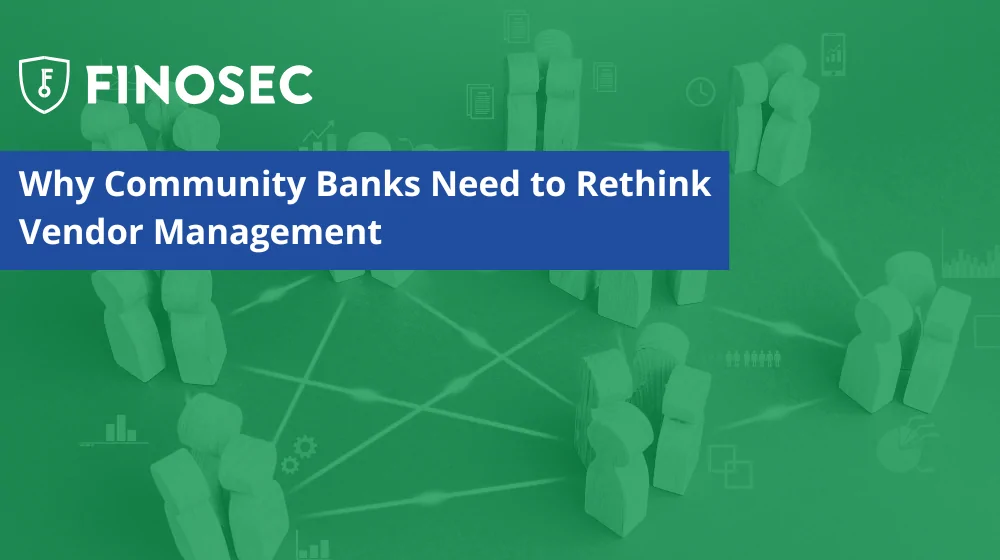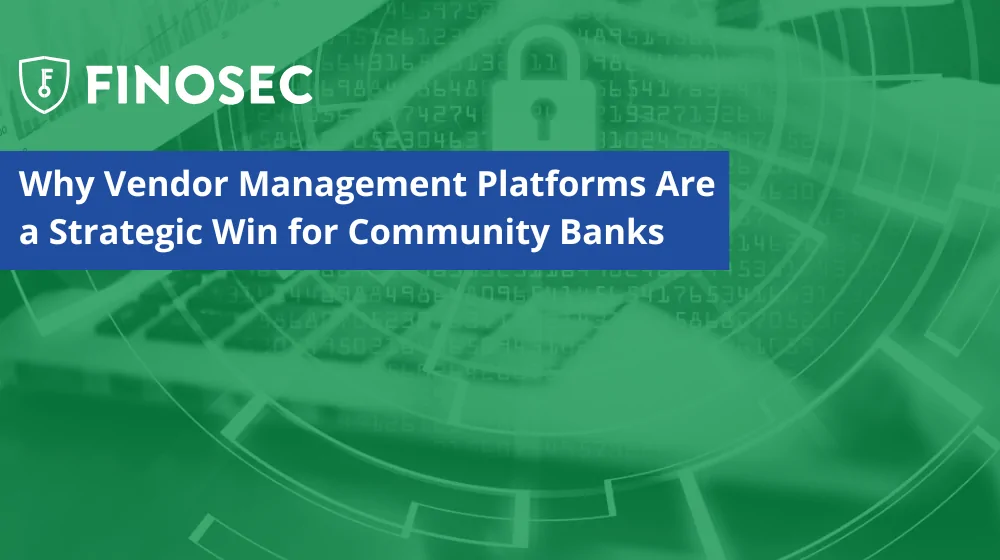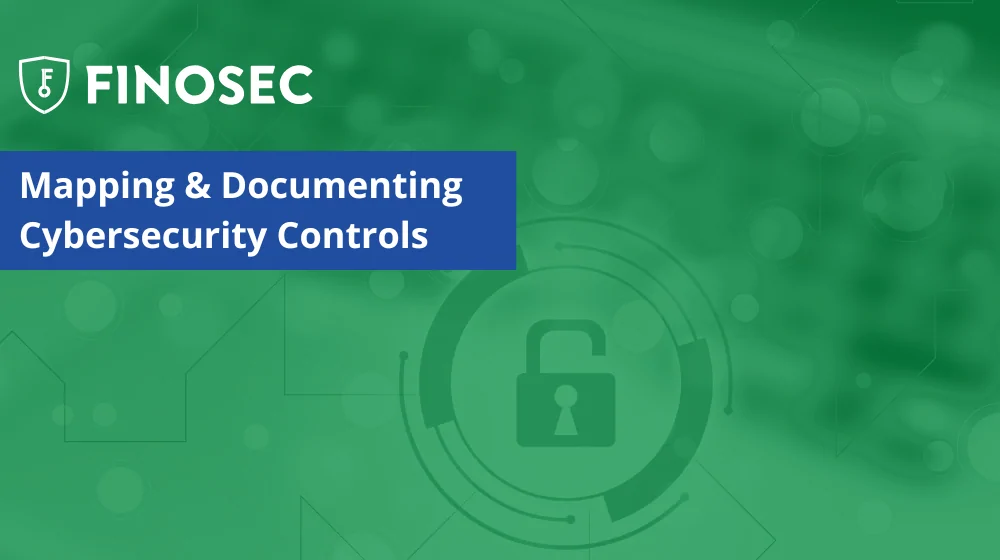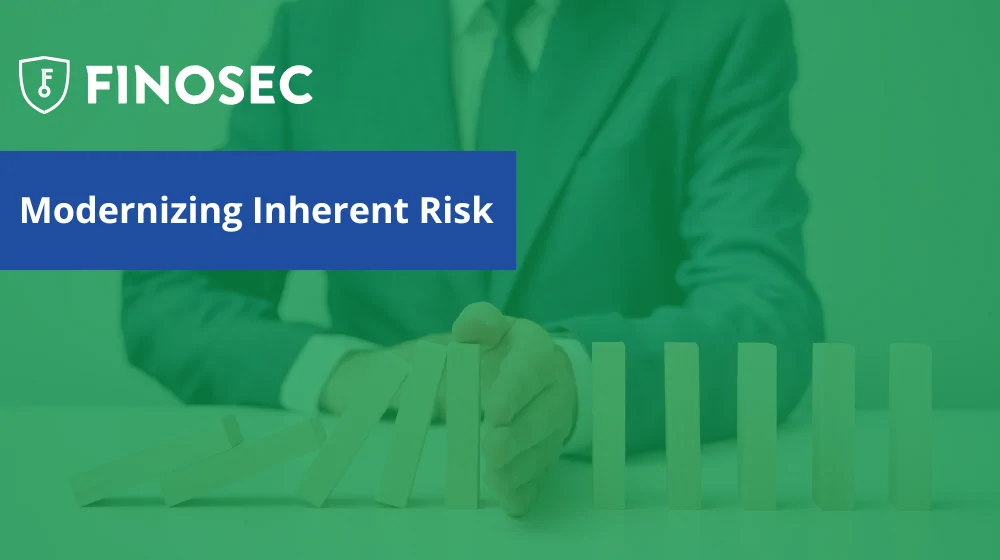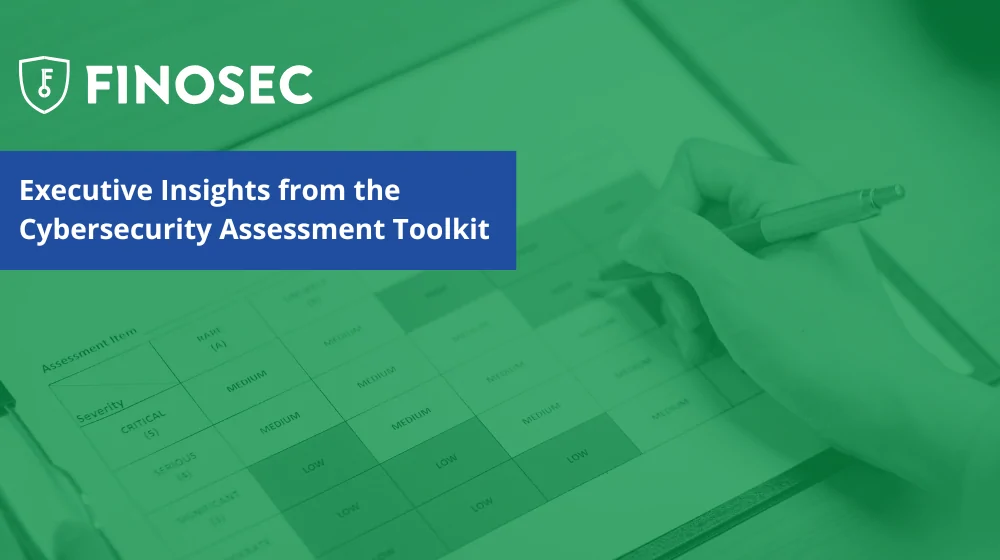In an industry where cybersecurity threats continue to evolve, community banks must ensure that governance and oversight processes are airtight. Yet, many still rely on spreadsheets to manage critical security tasks, compliance tracking, and risk assessments. While spreadsheets are a familiar tool, their limitations pose significant risks when used for cybersecurity governance.
Let’s explore why community bank ISOs should rethink spreadsheets in favor of more secure and efficient solutions.
The Spreadsheet Dilemma in Cybersecurity Governance
What’s the riskiest thing you’re still tracking in a spreadsheet? For many community banks, the answer includes vendor risk assessments, incident response plans, and regulatory compliance tracking.
Spreadsheets may seem like a convenient way to document security policies, monitor tasks, or track user access reviews, but their manual nature introduces several vulnerabilities:
- Human Error: A simple typo in a compliance checklist or access control record could leave security gaps unnoticed.
- Lack of Version Control: Without a centralized, auditable system, it’s easy to lose track of the most recent updates, increasing the risk of outdated information.
- Data Integrity Issues: Spreadsheets don’t enforce validation rules, meaning key security controls could be overlooked due to inconsistent or missing data.
- Security Risks: A sensitive file stored locally or shared via email is vulnerable to unauthorized access or accidental exposure.
For ISOs tasked with ensuring regulatory compliance and risk mitigation, these issues make spreadsheets a dangerous liability.
Why Spreadsheets Fall Short for Bank Cybersecurity Management
Community banks operate in a highly regulated environment, where compliance with FFIEC guidelines, GLBA, and other cybersecurity regulations is non-negotiable. However, spreadsheets lack essential capabilities for effective governance, including:
- Automated Risk & Compliance Tracking: Spreadsheets don’t provide real-time alerts or reminders for overdue compliance tasks, increasing the likelihood of missed deadlines.
- Access Control & Auditability: Without role-based access or audit trails, it’s difficult to track who made changes and when—creating compliance blind spots.
- Incident Response Coordination: In the event of a cyber incident, spreadsheets offer no real-time collaboration, making response times slower and recovery efforts less efficient.
- Scalability & Integration: As regulations and cyber threats evolve, spreadsheets struggle to keep up with the growing complexity of security frameworks.
The Case for Modern Cybersecurity Governance Solutions
By replacing spreadsheets with purpose-built cybersecurity governance tools, ISOs can significantly enhance security, compliance, and operational efficiency. The benefits include:
- Centralized Compliance Management: A single, auditable source of truth for security policies, risk assessments, and compliance tracking.
- Automated Controls & Notifications: Scheduled reminders for security reviews, vendor assessments, and incident response drills.
- Enhanced Security & Access Controls: Role-based permissions, encryption, and audit logs to prevent unauthorized access and ensure compliance.
- Seamless Reporting & Dashboards: Real-time visibility into security posture, making board reporting and regulatory audits easier.
Steps to Transition Away from Spreadsheets
- Identify Vulnerable Processes: Pinpoint where spreadsheets are creating inefficiencies and compliance risks.
- Evaluate Secure Governance Solutions: Look for platforms, like Finosec’s Governance360, that integrate with your existing IT and compliance ecosystem.
- Train Staff on New Processes: Ensure employees understand the transition and the benefits of a centralized, automated system.
- Continuously Optimize Security Governance: Regularly review and refine processes to adapt to new threats and regulatory changes.
What Are You Still Tracking Manually?
If you’re still using spreadsheets for critical security tasks, now is the time to explore better solutions. By eliminating manual inefficiencies, you can reduce risk, strengthen cybersecurity governance, and streamline compliance efforts.
Join the Conversation
We’re hosting a webinar to discuss the risks of using spreadsheets for cybersecurity governance and how community banks can transition to modern, secure solutions.
Join us March 4th to learn how you can make 2025 the year you delete the spreadsheet.

